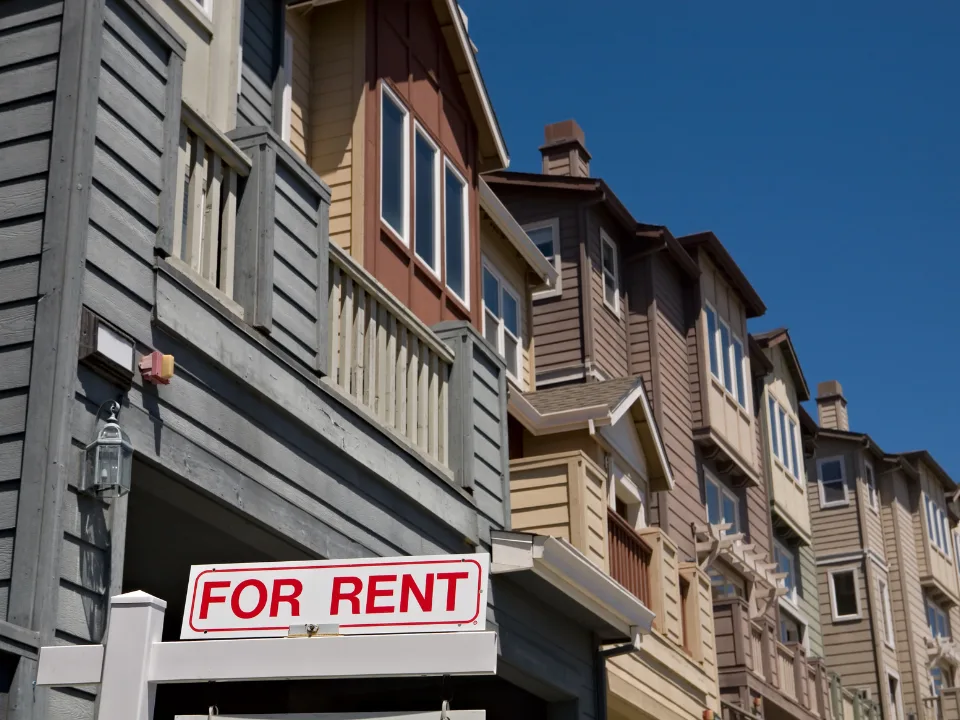Introduction:
A sale-leaseback, also known as a sale and leaseback, is a financial transaction in which a company sells its commercial real estate property to an investor for cash and simultaneously enters into a long-term lease agreement with the new property owner.
This arrangement allows the company to extract the full value of the property, converting an otherwise illiquid asset into working capital, while retaining operational control of the facility.
For companies that are not in the business of owning real estate, this can be a valuable capital tool to support growth and invest in other areas of their business.
Key Takeaways:
- Sale-leasebacks provide companies with an alternative to traditional bank financing, serving as an attractive capital raising tool.
- These transactions allow companies to unlock the value of their real estate assets and redeploy the capital into higher-earning segments of their business.
- Sale-leasebacks offer strategic capital allocation to fund both internal and external growth in all market conditions.
How it Works:
In a sale-leaseback, the process typically involves the following steps:
- Sale of Property: The company sells its commercial real estate property to an investor in exchange for cash.
- Lease Agreement: Simultaneously, the company enters into a long-term lease agreement with the new property owner, ensuring operational control of the facility.
- Working Capital: The cash received from the sale of the property becomes working capital that can be reinvested into the company’s business.
Key Components:
- Ownership: To qualify for a sale-leaseback, the company must own its commercial real estate property or have an option to purchase any existing leased space.
- Commitment to Occupancy: Investors prefer long-term leases, typically 10+ years, to ensure the company’s commitment to occupying the space.
- Credit Profile: While investment-grade quality is not necessary, a strong credit profile is usually required to demonstrate the ability to make rental payments throughout the lease term.
Benefits:
- Capital Raising: Sale-leasebacks offer an attractive means of raising capital without resorting to traditional bank financing.
- Liquidity: Companies can convert illiquid real estate assets into working capital, allowing for greater financial flexibility and access to funds.
- Operational Control: The company can retain full operational control of the facility through the long-term lease agreement.
- Supporting Growth: Sale-leasebacks provide companies with the capital needed to support internal and external growth initiatives.
Takeaway:
Sale-leasebacks are a valuable financing tool for companies looking to unlock the value of their real estate assets and redirect capital into their core business.
Whether pursuing expansion, funding strategic initiatives, or seeking working capital, a sale-leaseback can provide the necessary financial resources for companies in all market conditions.
It’s important for companies to carefully consider the terms and conditions of a sale-leaseback agreement and work with experienced investors to ensure a successful transaction.
With proper planning and the guidance of professionals, companies can leverage sale-leasebacks to optimize their capital structure and support their long-term growth objectives.
Disclaimer: The information on this website, including glossary definitions, is for educational and informational purposes only and not intended as professional advice. While we strive for accuracy, we make no guarantees regarding the completeness, reliability, or timeliness of the information provided. We are not liable for any loss or damage arising from your use of the site. Investment decisions in commercial real estate should be made based on individual due diligence and professional advice. Laws and regulations are subject to change; always consult legal and financial experts before making decisions.
Sources:










